Charge it up faster instead.
Key Takeaways
- Practical phones with long battery life exist, depending on how you use them.
- Phone batteries are actually getting bigger, in order to meet growing power demands.
- Fast charging and wireless charging have more impact on user experience than battery life.
Phones today don’t seem to hold a charge much longer than old ones. Phones have gotten much better in many other ways, so what gives?
Maybe, just maybe, battery life isn’t all that important?
Wait, hear me out! Most people don’t actually need a phone with a giant battery or days of battery life. Our current phones are doing just fine.
Phones With Long Battery Life Are Out There
First, phones with really long battery life do exist. This isn’t a technological issue that we don’t know how to solve. If you stick a large battery in a phone with a weak CPU and a low-res display, it will last for days. You could stretch that puppy out for weeks with the right configuration.
At Mobile World Congress 2024, Energizer showed off a phone that it claimed could run for 94 days. That’s around three months of use. The catch? The phone is the size of the external battery bank that many people carry around to charge their phones. The last time Energizer tried this, the effort failed on Indiegogo with under 20 backers and barely 1% of its goal.
To be clear, there are more practical phones with reasonable form factors. Extended battery life is basically the Moto G Power’s entire shtick. Quite frankly, this is an area where budget phones often outperform flagships. If your device has a slow CPU, a decent-sized battery, and you aren’t trying to push it that hard, then it’s likely to last several days. The question is, are any of these the phones you want?
Why Hasn’t Battery Life Improved Much?
n
n “”>
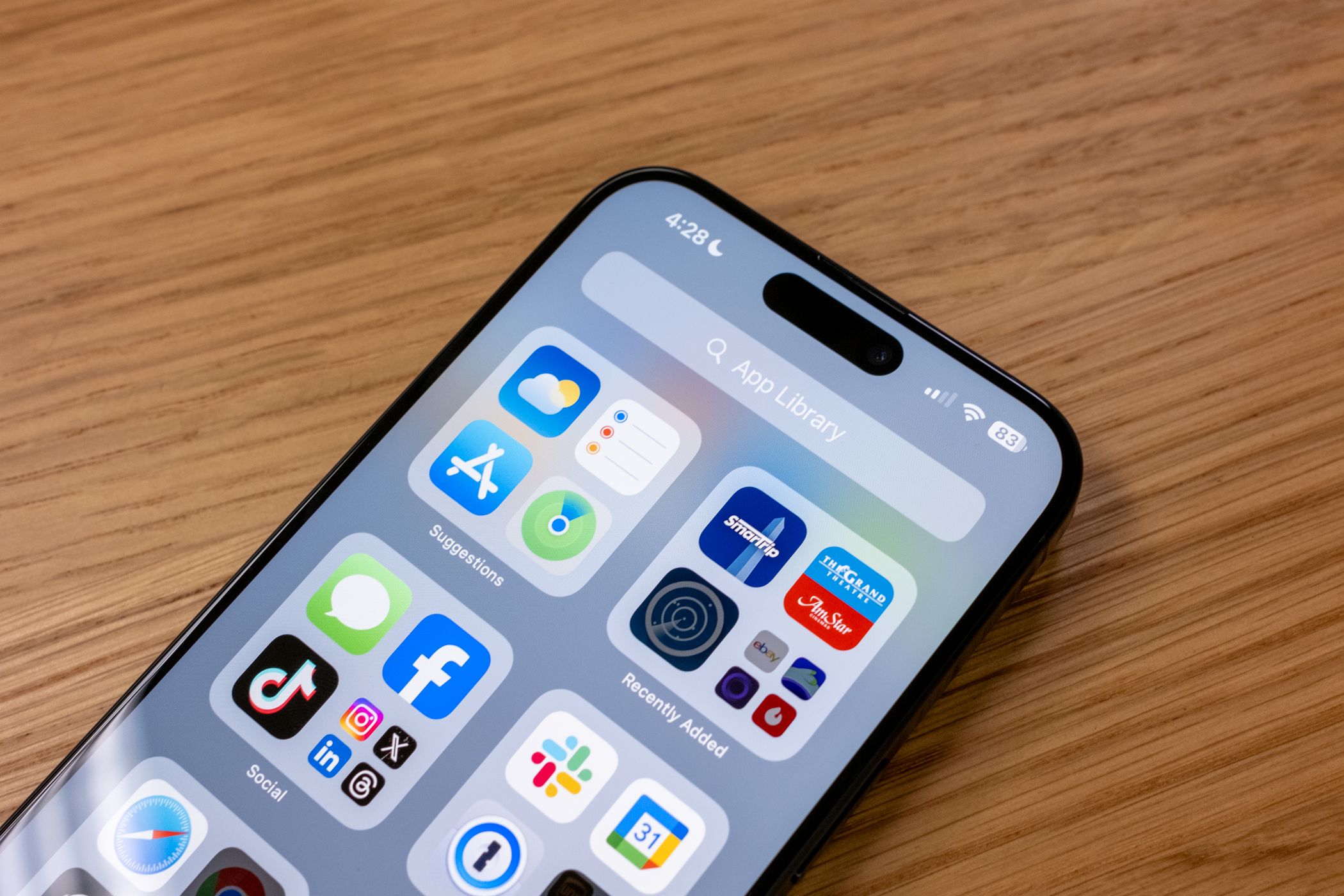
We know how to make our phones last a long time. The problem is, we also want our phones to do so much more. I don’t just want my phone to place calls and send picture messages—I want my phone to replace my laptop. Our phones have slayed the digital camera, and they’re coming for our game consoles. All of these things have battery life measured in hours, not days.
Imagine if next year’s Snapdragon processor wasn’t any more powerful, but it was more efficient. In terms of hardware capability, the latest hypothetical Pixel or Galaxy phone would be no more capable than this year’s model, except it had twice the battery life. Would this wow people? Would it sell phones and generate great headlines? There’s a good chance people would describe this as the year the phone companies took a vacation.
Why not improve both battery life and hardware specs? Well, that’s what companies are doing. But there’s a trap here. Improvements in hardware come with higher power demands that cancel out improvements in software efficiency. Put another way, we wouldn’t have more powerful devices capable of running for the same amount of time as our older phones if there hadn’t also been improvements in battery life along the way.
Batteries Are Actually Bigger in Most Phones
Since actual battery life has remained rather constant, you would be forgiven for believing that battery sizes have stayed the same. That is not the case. The iPhone 5 has a 1,440mAh battery. The iPhone X bumped that number up to 2,716. The iPhone 15 packs 3,349mAh (4,383mAh, if you spring for the Pro model).
A similar dynamic can be seen on the Android side as well. The Nexus 5 has a 2,300mAh battery. The Pixel 9’s is 4,575. The Samsung Galaxy Z Flip 5 is a pretty small phone, but its battery is still 3,700mAh. When you buy a phone these days, any phone, you get a bigger battery. It just hasn’t had the impact you might expect.
If you do want to directly experience how far batteries have to come, try turning off a bunch of your phone’s settings. Turn the screen all the way down. Turn off Bluetooth and Wi-Fi. Follow other tips for extending a phone’s battery life. Then pick it up only for the occasional text or maybe to look up something online real quick. There’s a good chance it will last far longer than you expect. Your phone’s battery is already big enough. It’s your usage that makes more of a difference. Phone batteries are so big that many can now charge other devices either via a USB cable or through reverse wireless charging.
Faster, Convenient Charging Is More Important
What most smartphone makers have realized is that improving battery life has a diminishing impact on the user experience. What does make a difference is showing how quickly our phones recharge. When the OnePlus 12 can replenish a big chunk of its battery in 10 minutes, who cares whether it lasts one day or two between charges? You can refuel your phone in the time it takes to go use the bathroom. You’re probably at 100% before you’ve finished your shower.
Wireless charging has also had an impact. If you can rest your phone on a pad overnight or while sitting at your desk during work hours, then it’s going to be charged when you need to be. It doesn’t make a difference if your phone can last a second day before resting on your night stand, if you’re going to drop it on your nightstand anyway. Wireless charging pads are now common in cars. People with lengthy work commutes can do all of their charging during the drive and know their phone will last until it’s time to come back home or leave for work again the next day.
This is the same dynamic at work with electric cars. People fret about range, but it’s charging speed that makes more of a difference on your road trip. Whether your car can drive two hundred or three hundred miles is ultimately less important for most people than whether your car takes thirty minutes or an hour and thirty minutes when the time comes to plug in.
Our phones have reached a point where range anxiety is no longer a real fear for most people. Charging is easy and fast enough that it just isn’t a big deal.
External Batteries Are Smaller, Cheaper, and Better
There are times when we do find ourselves without access to a charger for more than one or two days. When that time comes, we don’t need our phone’s internal battery to do all the work. We can outsource that extra burden to an external battery pack.
External batteries have been around for a long time. And in that time, engineers have accomplished the remarkable feat of making batteries cheaper while also offering a larger capacity in a smaller form factor. They are now just as capable as a wall outlet, at least as far as your phone is concerned. You can get a battery bank that supplies 100 watts of power, which is faster than most phones can handle. Some battery banks even support wireless charging, so you can just drop your phones on top.
It gets better. In one of the more hidden ways to wirelessly charge a phone, you can now slap an external battery pack onto the back of your phone using magnets, allowing you to continue carrying your phone around while it charges. This way, you have extra battery life during those handfuls of times throughout the year when you need it, but your phone isn’t an absolute brick during the rest of the time when you don’t.
There is nothing wrong with long battery life, and I would not be particularly disappointed if my next phone lasts longer between charges. I’m just more excited to hear about reductions in charging time.
That said, a phone can only charge as fast as its charger allows. Plugging your phone into an old five or 10 watt charger is going to take a while, no matter how fast your phone is capable of charging. Before seeking out a phone with a bigger battery, you may be better served investing your money on faster chargers instead.

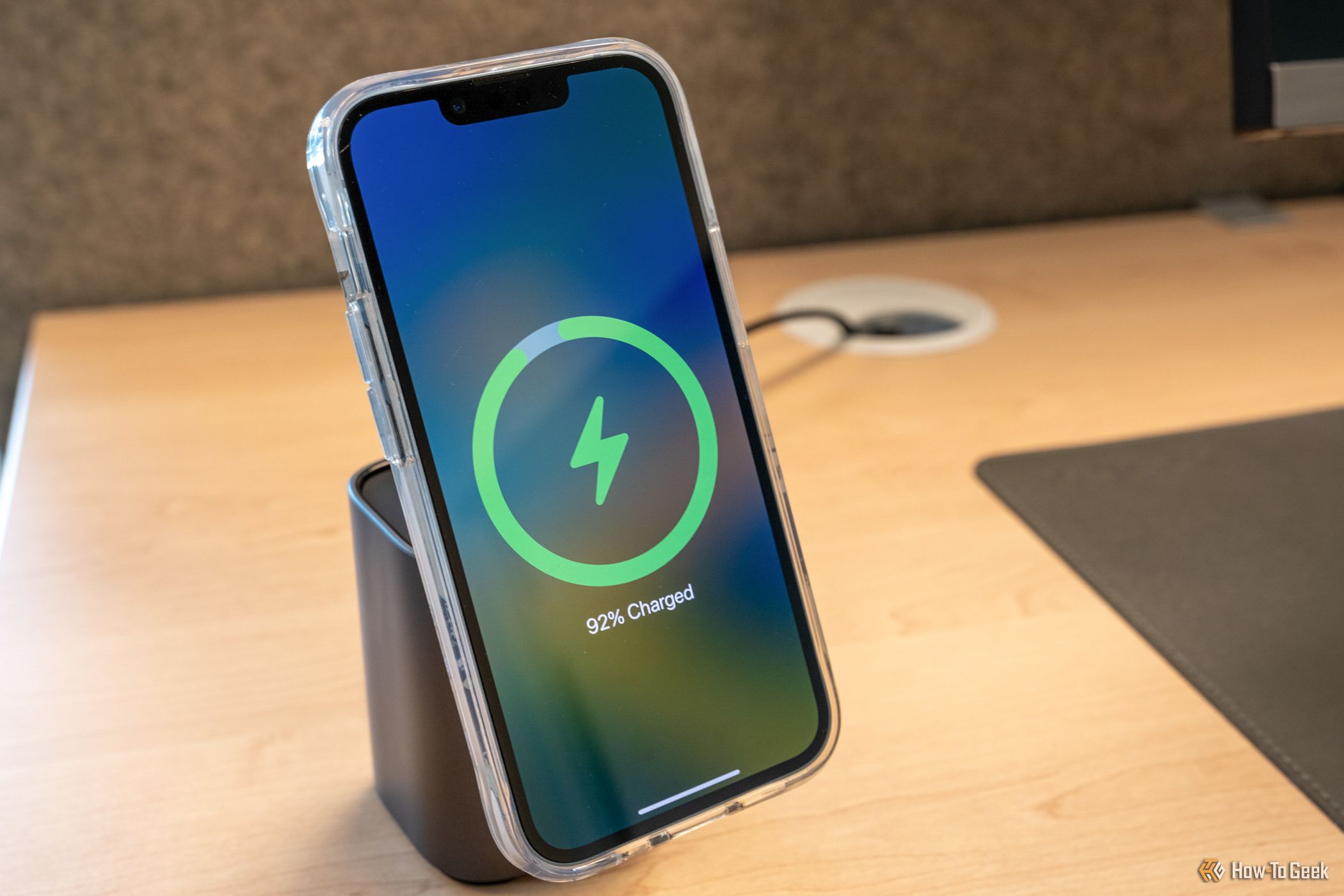
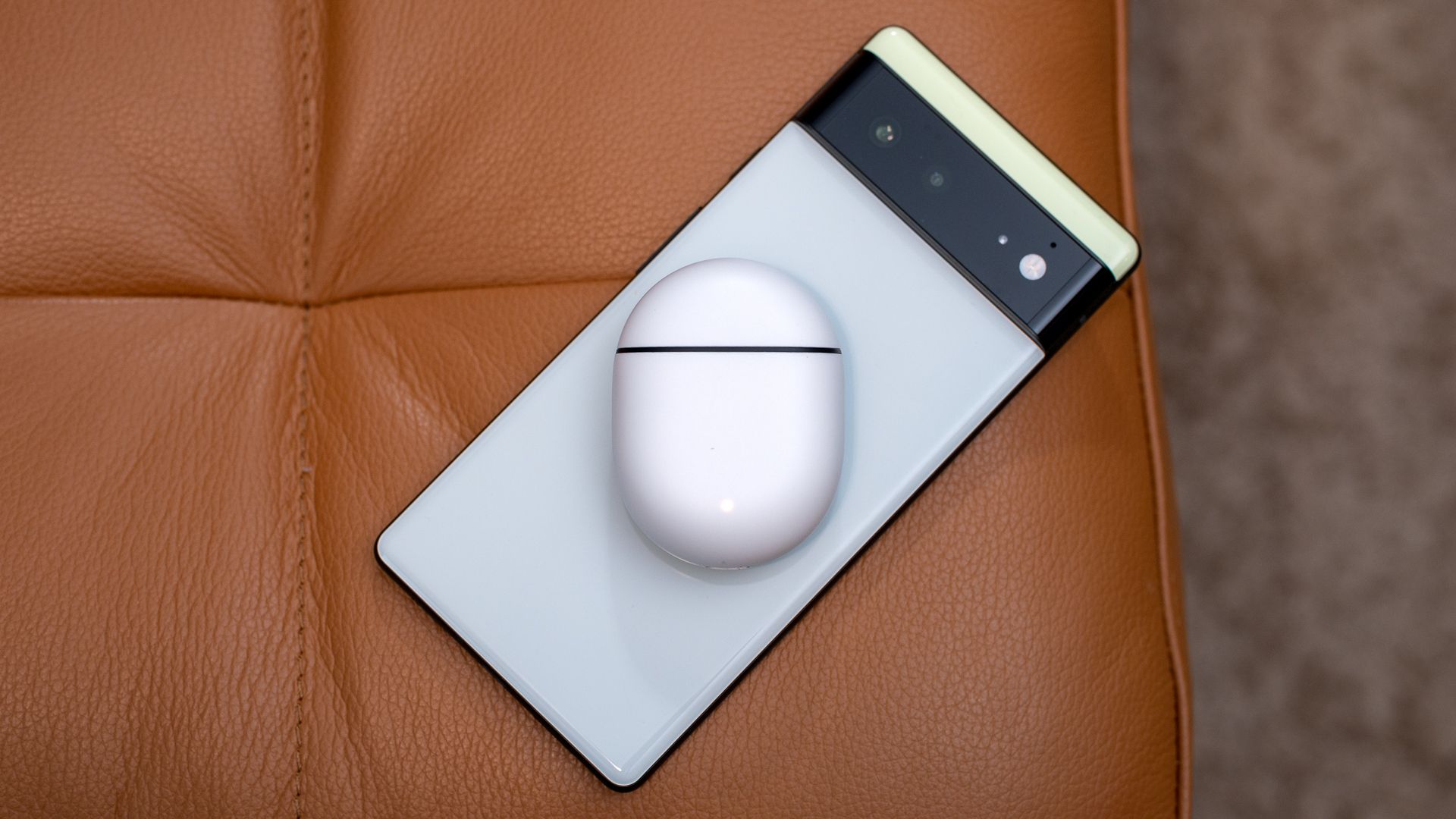
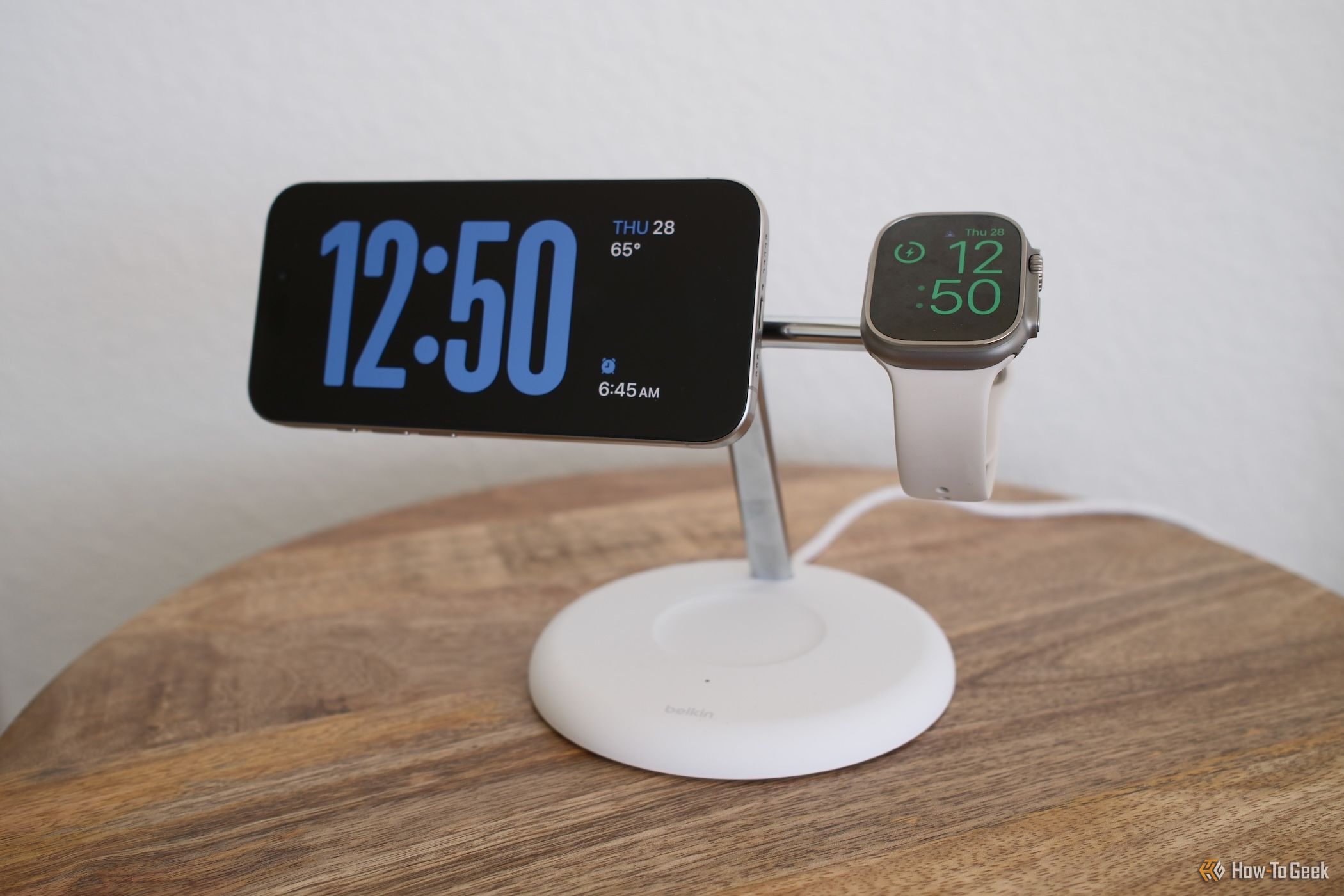
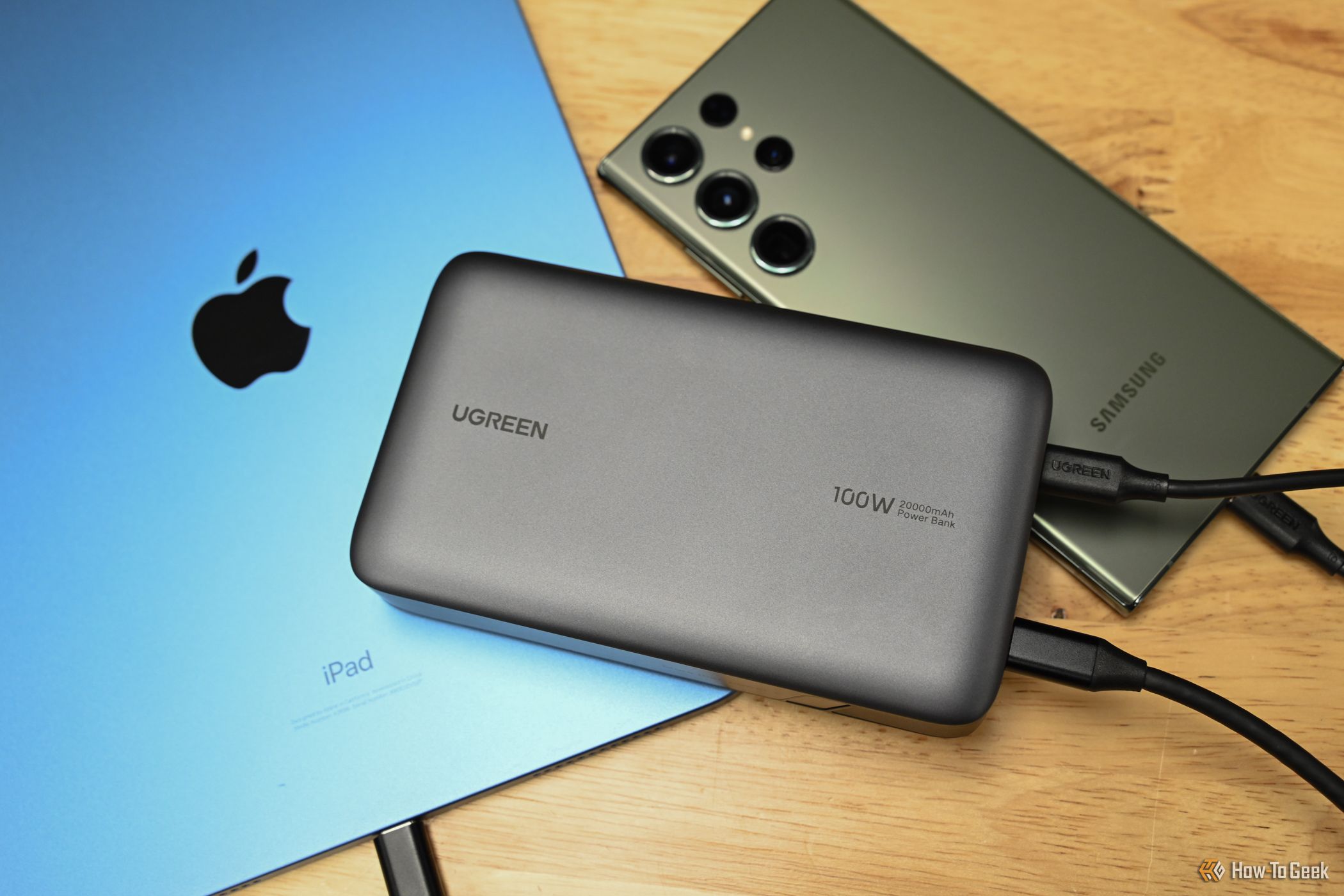
دیدگاهتان را بنویسید